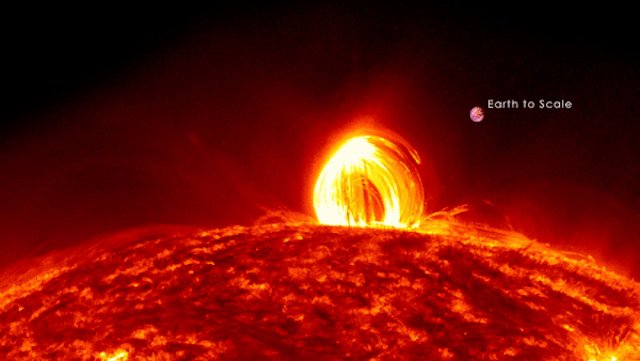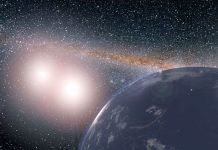
Coronal rain is giant globs of plasma that drip from the Sun’s outer atmosphere back to its surface.
Previous research using computer simulations has predicted that coronal rain could be found in the million-mile tall magnetic loops or helmet streamers.
However, scientists could not find it even though there were some hints.
In a recent study, they found coronal rain in a smaller, previously overlooked kind of magnetic loop on the Sun.
The finding suggests a link between the heating of the corona and the source of the slow solar wind.
The observation was done through the high-resolution telescopes mounted on NASA’s SDO spacecraft, which has photographed the Sun every twelve seconds since its launch in 2010.
According to the team, coronal rain occurs when hot plasma in the corona cools and condenses in strong magnetic fields, usually linked to regions that produce solar flares.
The plasma is attracted to the magnetic fields where it condenses and slowly falls back to the solar surface.
Coronal rain is sometimes observed after solar eruptions, but the team searched for coronal rain not linked to eruptions but instead caused by a cyclical process of heating and cooling similar to the water cycle on Earth.
The coronal rain is also related to the mystery of how and why the Sun’s outer atmosphere is some 300 times hotter than its surface.
During their observation, the team noticed a slew of tiny magnetic structures differed from helmet streamers in several ways.
They developed an explanation that connected rain on these tiny magnetic structures to the origins of the slow solar wind.
Now the team is currently working on a computer simulation of the new explanation, and they hope that future observational evidence could confirm it.
The lead author of the study is Emily Mason, a graduate student at The Catholic University of America in Washington, D.C.
The study is published in the Astrophysical Journal Letters.
Copyright © 2019 Knowridge Science Report. All rights reserved.



